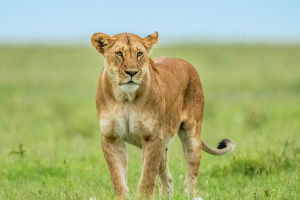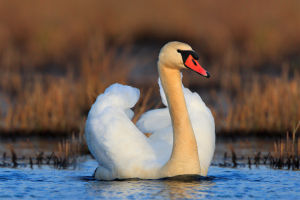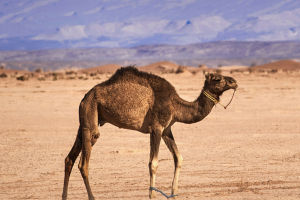The vibrant common kingfisher is a true wonder of nature.
With its iridescent plumage and expert fishing skills, this small bird brings life to waterways across Europe, Asia, and Africa.
Let's explore some fascinating facts about this colorful creature that symbolizes wisdom and ecological health.
Where to Find the Kingfisher
The common kingfisher lives near clean, slow-flowing streams, rivers, and lakes. Its ideal habitat includes overhanging branches that serve as perches for hunting. Found across Europe, Asia, and North Africa, this bird avoids polluted waters, making its presence an indicator of ecosystem health.
Physical Features and Diet
Key Traits:
- Size: 16 cm long with a wingspan of 25 cm.
- Weight: Up to 40 g.
- Color: Iridescent blue upper body with chestnut-brown underparts and a white throat.
Their diet primarily includes small fish, but they also hunt insects and shellfish, especially when seasonal changes affect fish populations. Remarkably, kingfishers eat over half their body weight daily to sustain their energy.
Unique Behaviors
Fishing Mastery: Kingfishers are perfectly adapted to fishing, equipped with sharp vision, strong beaks, and water-repellent feathers. They dive with precision, aided by a third eyelid that protects their eyes underwater.
Diet Diversity: In colder months, they shift to catching insects and shellfish when fish become scarce.
Nesting Habits: These birds prefer to nest in holes dug into steep cliff faces. While most nests are about 20 cm deep, some can extend over a meter.
Fascinating Facts About Kingfishers
1. Male vs. Female: Males have all-black beaks, while females display a reddish lower beak.
2. Color Illusion: Their iridescent feathers change shades depending on light angles.
3. Territorial Defenders: Kingfishers fiercely guard their favorite fishing spots, even engaging in underwater battles with intruders.
4. Migration Patterns: In colder regions, they migrate south to escape freezing conditions.
5. Parenting Challenges: Raising chicks is exhausting for kingfisher parents. Chicks require specific-sized fish, and many struggle to survive into adulthood.
6. Silent Birds: Kingfishers don't sing but communicate through sharp, repetitive whistles during courtship or danger.
The Role of Kingfishers in Ecosystems
Kingfishers play a vital role in maintaining balanced fish populations, dispelling the myth that they harm aquatic ecosystems. Their presence signifies clean, thriving water bodies, making them an invaluable indicator species.
The common kingfisher is more than just a stunning bird—it's a symbol of ecological health and balance. From its expert fishing abilities to its role in maintaining aquatic ecosystems, the kingfisher captures the imagination of nature enthusiasts worldwide.


